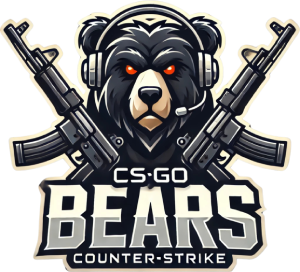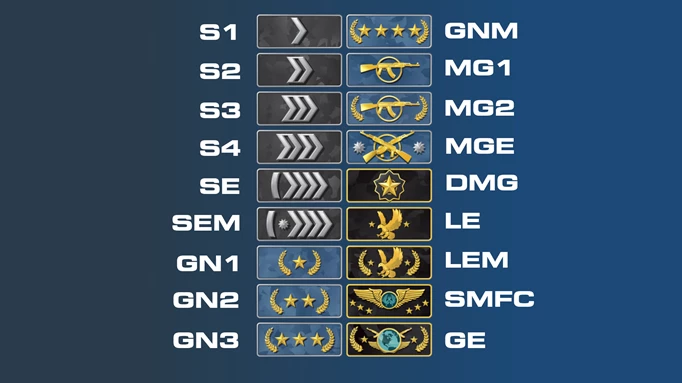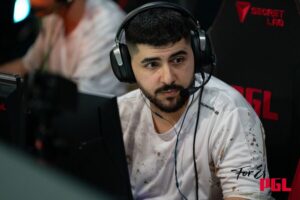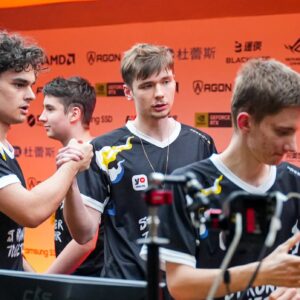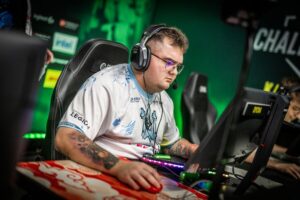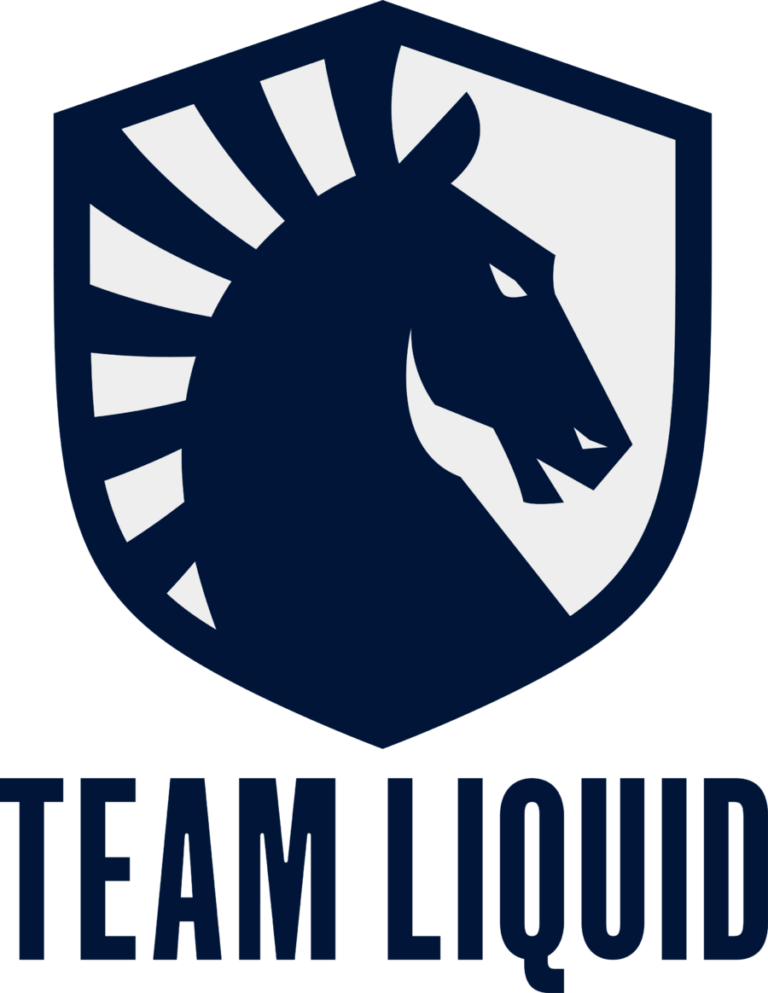In CS:GO, ranks are more than badges—they’re a testament to your skill, strategy, and dedication. Understanding how the ranking system works is essential for growth, whether you’re just starting or striving to climb the competitive ladder. With its sophisticated mechanics and emphasis on fairness, the CS:GO ranking system rewards teamwork, precision, and consistency.
This section will dive into the intricacies of the ranking system, explore the significance of Matchmaking Rating (MMR), and explain the structure of Skill Groups. Additionally, we’ll touch on how to get ranked in CS2, a crucial step for players transitioning to the next chapter in Counter-Strike’s competitive ecosystem. By grasping these concepts, you’ll gain the tools to improve your performance, climb the ranks, and enjoy a more rewarding gaming experience.
How Do the Ranks Work in CS:GO?
The Counter-Strike Ranking System
The CS:GO ranking system is one of the most sophisticated matchmaking mechanisms in modern gaming. It revolves around a hidden metric known as Matchmaking Rating (MMR), the backbone for determining player ranks. While players only see their visible rank or Skill Group, the hidden MMR constantly evaluates their performance and adjusts their progress accordingly. This system ensures fairness and competitiveness, pairing players with opponents of similar skill levels.
MMR doesn’t just measure whether you win or lose—it takes a deeper look at your performance during matches. Factors like kill-to-death ratio (K/D), assists, bomb plants or defuses, and utility usage contribute to how much your MMR shifts. For example, a player who consistently secures bomb plants or effectively uses flashbangs to support teammates might see more positive changes in their MMR compared to someone who prioritizes kills over team objectives. This makes CS:GO unique in rewarding team-oriented gameplay over individual stats.
Another interesting aspect of the system is its hidden nature. Unlike some games where you can track numerical progress, CS:GO leaves players guessing about their exact MMR. This design encourages players to improve their skills rather than obsess over incremental rank changes. It also creates a sense of excitement and unpredictability when ranks are updated, making every win feel more meaningful.
Skill Groups and Tiers
To keep matchmaking balanced and enjoyable, CS:GO divides its ranks into Skill Groups. These 18 ranks represent a player’s journey from a beginner to a world-class competitor, with each tier reflecting increasing mastery and understanding of the game. Here’s a closer look at the tiers and what they signify:
- Silver Ranks (Silver 1 to Silver Elite Master): This is where most new players begin. It’s a learning phase where mistakes are frequent, and matches are often unpredictable. Players at this level still master basic mechanics like aiming, movement, and map awareness.
- Gold Nova Ranks (Gold Nova 1 to Gold Nova Master): Gold Nova is considered the gateway to intermediate play. Players start to grasp strategies such as eco-management, map control, and team coordination. Games become more structured, and players are expected to communicate effectively.
- Master Guardian Ranks (Master Guardian 1 to Master Guardian Elite): Advanced players populate this tier, showcasing consistent aim, strategic thinking, and polished teamwork. Players here have a solid grasp of the game’s mechanics and can adapt to different scenarios.
- Elite Ranks (Distinguished Master Guardian to Global Elite): These ranks are reserved for the best. Players demonstrate exceptional skill, quick reflexes, and the ability to predict and counter opponents’ strategies. Legendary Eagle and above are often regarded as professional-level gameplay.
Skill Groups aren’t just arbitrary labels—they’re a way to measure progress and ensure fair matchmaking. Players gain valuable experience and develop the skills needed to compete at higher levels by climbing these ranks.
What Are the CS:GO Ranks?
CS:GO features 18 ranks, categorized into five distinct tiers. These ranks represent the player base’s broad spectrum of skills and provide clear milestones for progression.
| Rank Tier | Ranks |
| Silver | Silver 1, Silver 2, Silver 3, Silver 4, Silver Elite, Silver Elite Master |
| Gold Nova | Gold Nova 1, Gold Nova 2, Gold Nova 3, Gold Nova Master |
| Master Guardian | Master Guardian 1, Master Guardian 2, Master Guardian Elite |
| Elite | Distinguished Master Guardian, Legendary Eagle, Legendary Eagle Master |
| Global Elite | Supreme Master First Class, The Global Elite |
Each rank signifies a unique stage in a player’s journey. For beginners, Silver ranks serve as a training ground to learn the basics. Intermediate players in the Gold Nova and Master Guardian tiers refine their skills and focus on strategy. Meanwhile, the Elite ranks are a proving ground for those with exceptional talent and dedication.
Rank Descriptions
Silver 1 to Silver Elite Master

The Silver tier is often called the “starting block” of CS:GO. Players here are typically new to competitive matchmaking and are still developing core skills. Matches at this level can be unpredictable, with players often struggling to maintain consistent aim or effectively use utility.
- Characteristics: Unpredictable gameplay, lack of coordination, and frequent mistakes.
- Tips: Focus on learning basic mechanics, such as controlling spray patterns and positioning. Use this tier to build a solid foundation for future progression.
Gold Nova 1 to Gold Nova Master

The Gold Nova tier is where players demonstrate a deeper understanding of the game. Teamwork, strategy, and communication become more important, and players often experiment with advanced tactics like controlling choke points or timing pushes.
- Characteristics: Improved communication, better map awareness, and occasional use of advanced strategies.
- Tips: Watch professional matches to learn how skilled players approach positioning and timing. Practice coordinating with teammates to improve overall team performance.
Master Guardian 1 to Master Guardian Elite
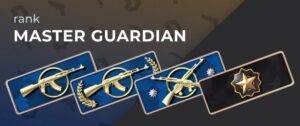
The Master Guardian tier represents a significant leap in skill. Players here are expected to have a polished aim, excellent map knowledge, and the ability to adapt to different situations. Matches are highly competitive, and mistakes are less forgiving.
- Characteristics: Advanced strategies, effective use of grenades, and strong communication.
- Tips: Develop a pre-game warm-up routine to ensure consistency in aim and decision-making. Learn advanced utility placements to gain an edge over opponents.
Distinguished Master Guardian to Legendary Eagle Master
The Elite ranks showcase players with exceptional skills. Matches at this level are tactical and intense, requiring quick thinking, precise execution, and flawless teamwork. Legendary Eagle players are often involved in amateur tournaments or competitive leagues.
- Characteristics: Precise aim, mastery of utility, and a deep understanding of game dynamics.
- Tips: Analyze your gameplay using replays to identify weaknesses and areas for improvement. Regularly practice with a consistent team to build synergy.
Supreme Master First Class and The Global Elite

The Global Elite is the pinnacle of competitive CS:GO, achieved by less than 1% of players. These players display unparalleled skill, game sense, and teamwork. Reaching this rank is a testament to years of practice and dedication.
- Characteristics: Near-perfect aim, exceptional decision-making, and flawless teamwork.
- Tips: Continuously refine your gameplay by studying professional strategies and maintaining a rigorous practice routine.
Tips for Ranking Up
Ranking up in CS:GO can feel like an uphill battle, but with the right approach, consistent effort, and focus, you can steadily progress through the ranks. Climbing the ladder requires more than mechanical skill—it demands teamwork, adaptability, and mental resilience. Optimizing your setup, as seen in pro CS:GO settings, can give you a competitive edge.
1. Master Core Mechanics
Before anything else, ensure you have a solid foundation in the game’s core mechanics. These include accurate aiming, effective movement, and understanding weapon spray patterns. Dedicate time to aim training using workshop maps like Aim Botz and Recoil Master, which allow you to refine these critical skills in a controlled environment.
2. Learn Map Control
Map control is an essential aspect of high-level CS:GO play. Each map has specific choke points, bomb sites, and vantage spots that players must learn to navigate and control effectively. You can predict enemy movements, secure advantageous positions, and dominate engagements by mastering these areas.
- Pro Tip: Focus on a few key maps at a time rather than spreading yourself too thin. Popular maps like Dust II, Mirage, and Inferno are great starting points.
3. Communicate Effectively
Strong communication can turn the tide of a match. Whether you’re calling out enemy positions, suggesting strategies, or simply providing encouragement, clear and concise communication helps your team function cohesively. Avoid negativity or blaming teammates, as this can create a toxic atmosphere and impact team performance.
4. Utilize Utility
Grenades, flashes, smokes, and molotovs are tools that can significantly influence the outcome of a round. Learning to use these effectively allows you to block enemy vision, force them into unfavorable positions, and create opportunities for your team to capitalize on.
- Example: A well-timed smoke grenade on Mirage’s A-site connector can block enemy sightlines, allowing your team to plant the bomb safely.
5. Review Your Gameplay
Analyzing your gameplay through match replays can help you identify mistakes and areas for improvement. Pay attention to how you position yourself, use utility, and respond to various situations. Self-reflection is one of the most effective tools for improvement.
6. Stay Consistent
Playing regularly helps build muscle memory and keeps your skills sharp. However, avoid burnout by maintaining a healthy balance between gaming and other activities. Taking breaks can improve focus and prevent frustration.
Maintaining and Protecting Your Rank
Achieving a higher rank in CS:GO is exciting, but staying there requires consistent effort and dedication. The competitive environment is dynamic, and slipping up can quickly lead to rank demotion. Here are some tips to help you maintain and protect your rank:
1. Warm-Up Before Matches
Before diving into competitive play, spend 10–15 minutes warming up your aim. Use aim training maps or practice against bots to improve reaction time and accuracy. A proper warm-up can make a significant difference in your performance during matches.
2. Stay Calm Under Pressure
Competitive matches can be intense, especially in clutch situations. Remaining calm and focused allows you to make better decisions and execute plays effectively. If you feel overwhelmed, take a deep breath or a short break between rounds to reset your mindset.
3. Play with a Consistent Team
Solo queuing can be unpredictable, as you never know your teammates’ skill level or communication style. Whenever possible, play with friends or a consistent team. This improves coordination and fosters better synergy and trust during matches.
4. Analyze Losses
Review the match to understand what went wrong instead of blaming teammates or feeling frustrated after a loss. Did you mismanage your economy? Were there moments when you overextended? Identifying these mistakes can help you avoid repeating them in future games.
5. Manage Your Schedule
Playing when you’re tired, distracted, or in a bad mood can negatively impact your performance. Stick to a schedule where you’re mentally sharp and physically rested. Also, avoid queuing for matches when you’re on a losing streak—taking a break and returning with a fresh perspective is better.
CS:GO Rank Distribution
Rank distribution is an insightful way to understand where you stand among the global CS:GO player base. It highlights the percentage of players within each rank, offering perspective on how competitive each tier is. As of recent data, the distribution is as follows:
| Rank Tier | Percentage of Players |
| Silver Ranks | 30% |
| Gold Nova Ranks | 40% |
| Master Guardian Ranks | 20% |
| Elite Ranks | 8% |
| The Global Elite | 2% |
Insights Into the Distribution
Each rank tier offers unique challenges and reflects the progression of skill, with fewer players achieving higher ranks as the competition becomes increasingly fierce:
- Silver Ranks: These ranks comprise the largest portion of the player base, with nearly a third of players falling into this category. Silver players are typically new to the game or those who play less frequently, making this tier a diverse mix of skill levels.
- Gold Nova Ranks: Gold Nova is the most populated rank, encompassing nearly 40% of the community. This tier is considered the “average” skill level, where players begin to exhibit an understanding of strategies and team dynamics.
- Master Guardian Ranks: As players transition into the Master Guardian tier, the competition becomes noticeably tougher. This tier accounts for roughly 20% of players and is often seen as the dividing line between casual and competitive gamers.
- Elite Ranks and Global Elite: Only a small percentage of players reach the highest ranks. These individuals demonstrate exceptional skill, game sense, and teamwork, often competing at semi-professional or professional levels. Global Elite players represent the top 1-2% of the community, making this rank a rare and prestigious achievement.
What the Data Tells Us
The pyramid of rank distribution tells a clear story: the higher you go, the harder it gets. Climbing the ranks is no easy feat, which makes it so rewarding. Even small improvements can help you break out of a crowded tier and inch closer to the top. By studying the best CS:GO players of all time, you can learn how they mastered strategies, honed their mechanics, and developed the mindset needed to outperform the competition consistently.
FAQ
How does the CS:GO ranking system work?
The system uses a hidden Matchmaking Rating (MMR) to assess performance, factoring in wins, losses, kills, assists, and objective contributions.
What are the 18 CS:GO ranks?
Ranks range from Silver 1 to The Global Elite, divided into tiers: Silver, Gold Nova, Master Guardian, Elite, and Global Elite.
How can I rank up in CS:GO?
Win consistently, perform well individually, use utility effectively, and focus on teamwork to improve your MMR and climb the ranks.
Why can’t I see my MMR in CS:GO?
MMR is hidden to encourage skill improvement rather than obsessing over numerical progression, creating a more engaging and balanced matchmaking experience.
What percentage of players reach Global Elite?
Only about 1-2% of players achieve Global Elite, making it a prestigious rank that requires exceptional skill, strategy, and dedication.
How are ranks distributed in CS:GO?
Approximately 30% of players are in Silver, 40% in Gold Nova, 20% in Master Guardian, 8% in Elite, and 2% in Global Elite.
